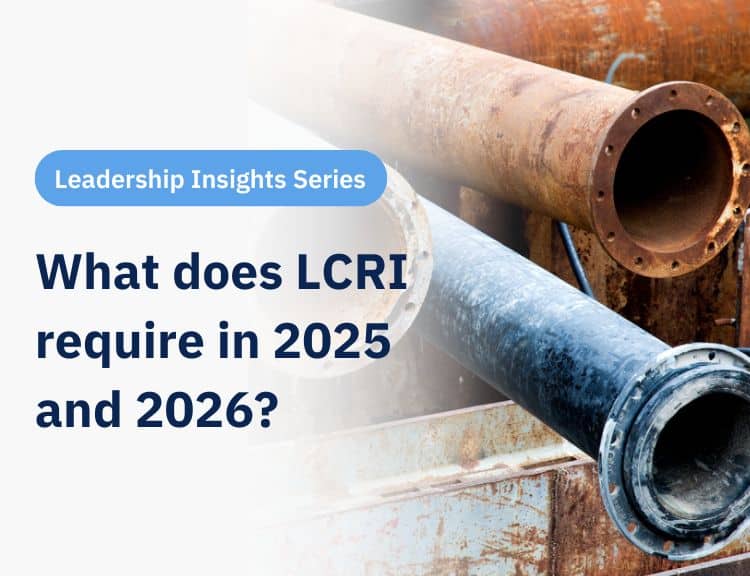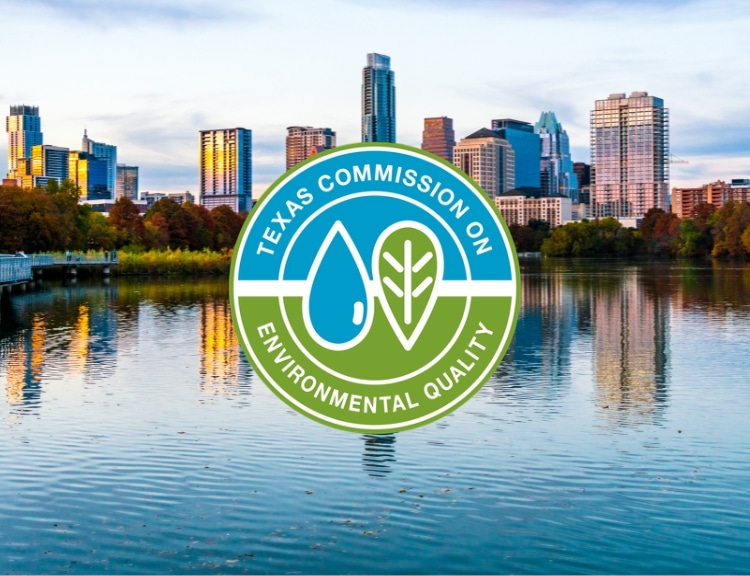BlueConduit is launching a new software tool, LSL Replacements. The LSL Replacements tool enables water systems and engineering firms to prepare for and manage LSL replacement programs.
As this new offering comes online, we took a few minutes to sit down with BlueConduit CEO, Lorne Groe, to learn more.
Q: How did you decide to build a LSL replacements-focused tool?
A: BlueConduit has been focused on lead service line replacements since the beginning, from our first days working in Flint.
LSL predictions are important because they fill in critical gaps in knowledge related to lead pipes – how many LSLs do you have and where are they? But this data isn’t an end goal unto itself. The purpose of lead likelihood predictions has always been to support water systems as they embark on critical LSL replacement programs.
We’ve been helping water systems move from prediction to replacement planning informally for many years. And with the new LCRI requirements for lead service line replacement, we decided it was time to formalize this offering and build a scalable tool that can help as many water systems as possible plan for LSL replacements.
Q: Tell me about the LSL Replacements tool. What does it do?
A: We’ve spent nearly a decade learning about lead service lines and working on LSL predictions and replacement with water systems, engineering firms, industry experts, academics, and the best data science team there is. We took all of this knowledge and, with the help of our expert customers and team, created a series of best practices for data-driven LSL replacement. Our product and engineering teams then helped us build these best practices into an easy-to-use tool, delivered right into our customer’s Esri environment.
The top line is this – when it comes to lead line replacements, order matters. With limited funding in hand and LCRI-requirements for replacement strategies and prioritization of impacted populations, utilities and engineering firms need the best tools available to help prioritize LSL replacements based on health impact, economic efficiency, and a variety of other local needs.
Our LSL Replacements tool helps water systems and engineering teams do just this: prioritize LSLs for replacement and translate from prioritized ranking to an actionable plan that can easily be put into a work order system or put out to bid. Our tool also makes it easy to track and report progress, which is critical for work that’s expected to take 10 years.
Q: What functionality are you most excited about in this new tool?
A: To me, the most exciting part of the tool is the location clustering. Creating a ranked list of LSLs to replace is ultimately not that complicated. But it also isn’t that helpful, because no city is going to select LSLs to replace 1-by-1.
Locations for replacement are going to be selected by street or neighborhood or another geographic location grouping. Why? Because it doesn’t make sense to dig up a street to replace 1 LSL and then move on, knowing that you’ll have to return and dig down the street later in the project. That’s not efficient, it isn’t how construction projects work, and it isn’t how water departments or cities manage this type of work.
The process of clustering locations and creating ranked prioritization for these grouped locations is really difficult and complicated. We’ve spoken to many cities who’ve tried and failed to do this successfully. And, thanks to our expert data scientists and some cutting-edge techniques, our new LSL Replacements tool now do this hard work for them, saving so much time and significantly easing the process of replacement prioritization and planning.
Q: What else do you want folks to know about the new tool?
A: LSL replacement planning cannot begin if there are a lot of unknowns remaining in your service line inventory. Without clarity on volume and location of LSLs, it’s nearly impossible to plan replacements effectively.
Our new tool is built on this premise. So when we’re working with new customers, they either need to have no outstanding unknowns in their inventory or, if they have unknowns, we’ll start with predictions and then use predictions as the baseline for LSL replacement support.
Curious to learn more about how LSL Replacements can help you manage your lead service line replacement work? Schedule a conversation today.





